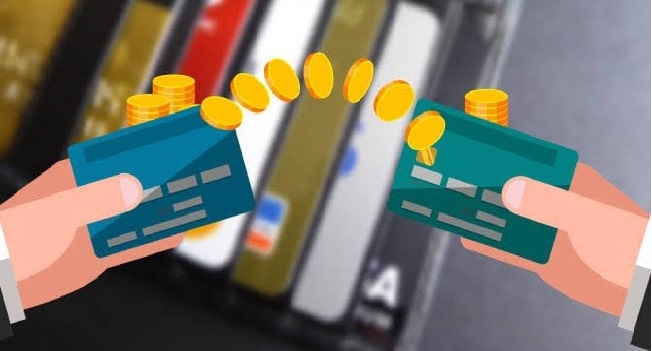Table of Contents
A balance is a move to a lower interest rate from one or more credit cards. The balance transfer requires a transition of high interest debt. That helps you pay off debt much easily, as more of your money goes to the balance every month instead of to interest charges. You can download bank balance transfer app.
How does a balance transfer work?
When you apply for a new credit card, you can request a balance transfer or wait until you have approved it, but usually the best thing is to get the process started as soon as possible. You need to know just how much and how much you want to transfer to your existing balance number. Depending on the credit limit and the transfer limits of your issuer, your new issuer will authorize the whole or only part of the amount. You’ll make payments to your new creditor until your transactions are done.
In a balance transfer card there are three main features to consider:
Introducing APR duration – many of your credit cards qualify for a number of months with no interest to pay the transferred balance. Though, after that introductory period expires, you will be paying any remaining equilibrium interest, so ask yourself if you can make a dent in the time you give realistic.
Ongoing APR – After the promotional period of your card is over, you are paid a go-to rate interest on the card. This rate is important to remember if during the introductory period you are unable to repay your debt. It may even be higher than your present rate of interest, after all.
Should I do a balance transfer?
A balance transfer can be a strong debt repayment method that helps you to save interest and to chip the balance over time. Consider the following: How much do you need to transfer? A balance transfer is right for you. Although the credit limit given to you can not cover the entire amount you want to transfers, even if you are accepted for the balance transfer card. You must then determine whether to transfer a portion or apply for multiple cards or negotiate with your current creditors in order to achieve a reduced interest rate if your balance is too high to transfer all of this at once.
Have you had a refund scheme? It’s important that you take a 0-percent start-up or low-level APR period into your balancing transition with a strategy for servicing your debt. Otherwise, where you began, you could find yourself. In fact, you may lose your 0 percent APR if you do not make prompt payments and even cause an APR penalty. You could get inspired to pay off your debt, but you could just use your new card in the development of an even bigger balance if you did not address what caused you to get into debt. Worse still, once the promotional period is over, you might get stuck with a high interest rate on your new card.
Good credit must be eligible–you will need good to excellent credit in order to benefit from the best balance transfers. Once you apply to restore your loan score and make better terms, rather than attempting to make a balance transfer with poor scores, try a debt consolidation lending or focus on paying your balances as much as possible.
You can opt for a credit card balance transfer to bank account.
Read More on KulFiy
6 Personal Loan Buying Tips You Need to Know in 2021
